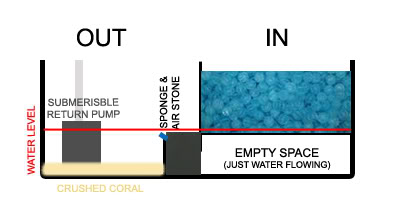fddlss
Aquarium Advice Freak
Hi guys,
I finished cycling my tank less than a week ago, no fish yet, and I tested KH for the first time, today. It takes 3 drops to change the color from light blue to a very soft yellow. Should I add more drops until it turns bright yellow? or it doesn't matter what tone of yellow it is? If that's the case my water has a KH of 3 dKH, which I think it's low if I'm planning on stocking Malawi Haplochromis. Is that right? Thanks.
I finished cycling my tank less than a week ago, no fish yet, and I tested KH for the first time, today. It takes 3 drops to change the color from light blue to a very soft yellow. Should I add more drops until it turns bright yellow? or it doesn't matter what tone of yellow it is? If that's the case my water has a KH of 3 dKH, which I think it's low if I'm planning on stocking Malawi Haplochromis. Is that right? Thanks.

